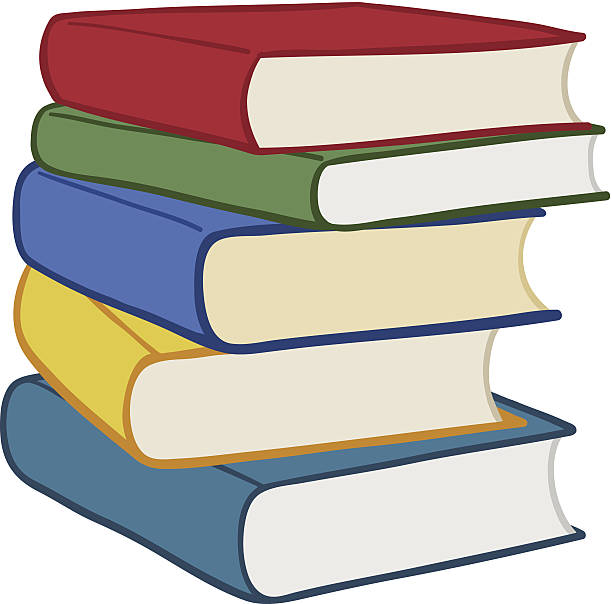Phonics
| Name | |
|---|---|
| ELS Phonics Progression Grid and Overview.docx | Download |
Phase 2 Pronunciation
https://www.youtube.com/watch?v=nBFnAcXHOUQ
Phase 3 Pronunciation
https://www.youtube.com/watch?v=gDInVjBUGC0
Phase 5 Pronunciation
For more information about reading, please see the English curriculum page.
Intent
At New Lubbesthorpe Primary School , we are committed to ensuring that all children in our care become confident and enthusiastic readers and writers. We aim to ensure that every child, regardless of their background, ability or needs succeeds and achieves well. We believe that phonics provides the foundation of learning to make the development into fluent reading and writing easier. Phonics is the process that ensures children have the skills to break words into a sound system, building letter and word recognition. Children learn to segment words to help support their spelling ability and to blend sounds together to read words. Once phonics are learnt and children can read fluently, and at speed, they can then focus on developing their other reading skills such as comprehension and acquiring knowledge. Fluent reading skills allow access to the whole curriculum.
Implementation
|
At New Lubbesthorpe Primary School , we follow a validated systematic synthetic phonics programme; Essential Letters and Sounds (ELS). ELS is a method of learning which is based around letter sounds and phonics, blending them together to read and write words and using these learnt sounds in their reading and writing. |
Using this structured programme, children will learn to read effortlessly so that they can then develop their comprehension skills. The sound and letter correspondence will also help our children build as their spelling skills allowing them to focus on grammar and compositional ideas in writing.
Children will learn phonics as soon as they enter school in our Foundation Stage: Daily phonic lessons become part of their everyday routine.
Lessons are carefully structured in a repetitive way, to introduce new sounds. Children will hear the sounds, say them, see them, read the sounds in words, write the words and build new vocabulary.
Modelling is a hugely important part of their learning process and all the teaching staff have been trained using ELS materials. We also have a Phonics Lead who ensures that staff feel confident with the phonics programme and ensures that the quality of the delivery in school is consistently good. All staff, including Teaching Assistants, have taken part in ELS training.
The children will learn mnemonics and rhymes to help remember the letters and how to write them.
Children will be continuously assessed throughout each week and half term. The scheme is a 'keep up' rather than 'catch up' scheme, so teachers and LSAs will be working hard to try and ensure that all children are keeping up with the coverage. Interventions will occur in class if a child falls behind. There are three types of intervention in ELS, they are:-
- Oral blending
- Grapheme-phoneme correspondence (GPC) recognition
- Blending for reading
To help the children practise their sounds, each child will receive a reading book which matches their phonic stage. These reading books will ensure children get the chance to practise the sounds they are learning, allowing them to develop speed and confidence.
Phonics will be part of the everyday teaching routine all the way through into Year 2.
At the end of Year 1, all children are tested with the phonic screening test published by the Department for Education. These tests use real words and made up words to test each child's phonological knowledge and skills. The expectation is that all children should be able to pass this test which means they know all of their phonic sounds.
Impact
We aim to ensure that all our children have the best possible start to reading. The consistent pattern of the lessons and resources, the shared practise across the staff and regular, repetitive practice will ensure that all children will achieve. This will enable our children access to a world of reading and writing; essentials skills as the children journey into Key Stage 2.

.

